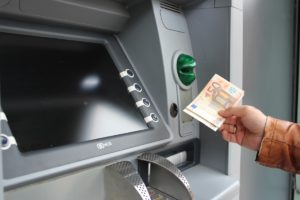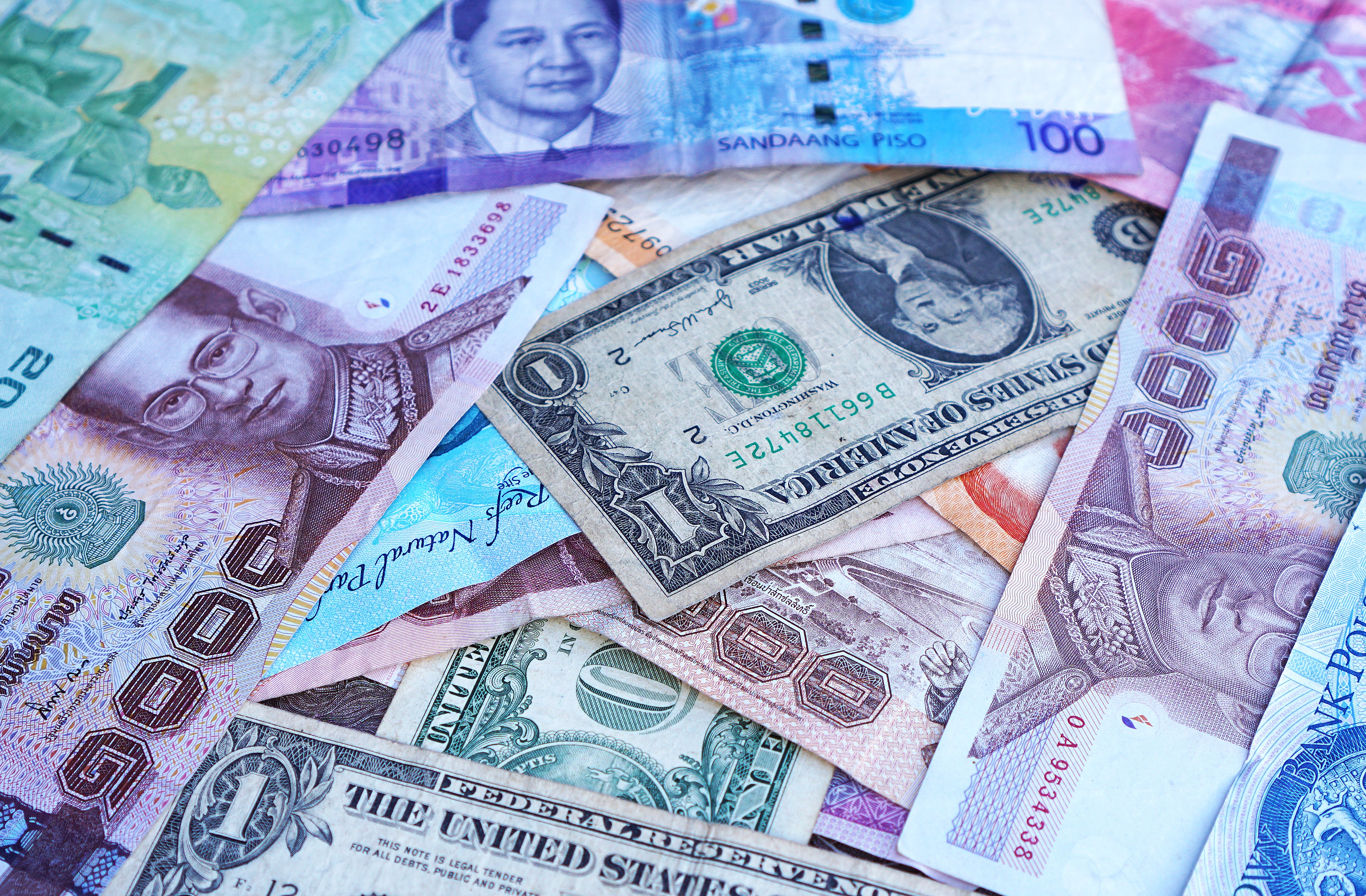There are almost an unlimited number of nuances to traveling, especially traveling abroad, and things that some travelers have learned through trial and error, others haven’t had to deal with yet. For others, we may think our way is the best way and haven’t considered alternatives. I’ve created a series of Travel Basics posts aimed at less experienced travelers and travel pros who may have been doing things the same way for a long time and are looking for a refresher.
No matter how you decide to get cash for your trip, the first thing you should always do is notify your bank when and where you’ll be traveling. This will help eliminate a number of potential headaches that could crop up down the road if your bank thinks your account has been compromised.
Getting local currency is especially important when traveling to places where using credit cards or digital payments for everything is not the norm – which is the vast majority of the world outside of the United States (Of course there are places that are moving quickly toward a cashless society (like Sweden), but MOST places are not). There are essentially three options when it comes to when and where to withdraw your cash:
- Get it from your bank before you leave.
- Take cash with you and exchange it when you get there
- Get it from an ATM at your destination
Getting cash from your bank before you leave. Getting foreign currency from your bank is probably the most comfortable option for many. You have some level of trust with your bank as they already have all your money, so why not go to them for getting foreign currency as well? For starters, a lot of banks (especially smaller banks, smaller branches, credit unions, etc.) only keep a small amount of foreign currencies on hand, and many of them have none. The exchange rate at your bank is likely to be pretty good, but may be slightly higher than the market rate. If you want to avoid using an ATM for your entire trip, you’ll have to get all of the cash you think you’ll need before you leave. This poses two problems: 1. You never know when an unplanned expense might come up, and 2. Carrying a boatload of cash with you is always risky, no matter where you are. For this reason, I only recommend getting as much as you’ll need for the first few days of your trip, and then you can get cash from an ATM at your destination (which, coincidentally, is my preferred option for getting foreign currency).
Taking cash with you and exchanging it when you get there. This is the worst option for getting foreign currency on a trip because of the costs associated with using a third party exchange company. You’ll see exchange companies like Travelex in airports, railway stations, and tourism destinations all over the globe. Those exchange companies are private, for profit businesses that make their money by giving an exchange rate that is much worse than market rates.

Getting cash from an ATM at the destination. This is almost always your best option for getting foreign currency in terms of exchange rate and convenience. However, it is important to note that not all ATMs are created equal. Here are a few things to consider when getting cash out of ATMS:
- How much does your bank charge you to get foreign currency from ATMs? Banks will sometimes charge a small convenience fee, plus a fee for using an ATM that is not owned by them, plus a percentage exchange rate fee. Even with all those fees tacked on, usually you end up getting the best deal going this route. I recommend checking to see if your bank has any partner institutions in your destination that would let you use their ATMs for free. For me, my credit union is part of the co-op network, which lets me use any other credit union ATM for free. If your bank charges you a big service fee for getting cash out, I recommend taking out larger amounts at a time to avoid paying that fee multiple times. No matter what, it is always smart to talk to your bank to see what you’ll be charged when you take your cash out.
- ATMs inside the airport terminal (especially those owned by exchange companies, rather than major banks) will sometimes charge big fees to get your cash out. These fees are usually charged ON TOP of whatever fees that your own bank may charge. I always recommend leaving the ‘secured’ area before getting cash out of an ATM. In most cases, airports will have a whole slew of ATMs available near the baggage claim – these ATMs will usually not charge the huge fees that can come with taking cash out inside the terminal. I usually slow things down when I arrive and watch what the locals are doing while I’m waiting for my bags. Are there certain ATMs that are being used a great deal and certain ones that aren’t? Most of the time I’ll play it safe and go to the ATM that is frequented most by locals.
- Go to an ATM that is associated with a major bank. That way, if you have any sort of issue, you know who to contact to resolve your problem. I’m always wary of any ATM that has big bold writing saying things like “FREE CASH WITHDRAWALS HERE!!!”
- One thing I always watch for when I get cash from an ATM is skimmers. I try not to be alarmist when it comes to getting your information stolen, but paying attention for things that don’t seem quite right on an ATM could save you a lot of trouble. This is something that you should really only be concerned about if you’re using an ATM in a public place that isn’t covered by security cameras (like ATMs in some public spaces).
If you’re really unsure of the best ATM to get foreign currency within your destination, the concierge of your hotel, Bed and Breakfast host, or AirBnB owner can be a great source of information.
Where to learn more about exchange rates?
My go to website for looking up exchange rates is xe.com. It is simple, efficient, and updates constantly to provide you with the most accurate exchange rate details based on currency markets. I caution against checking exchange rates too frequently – don’t fret over whether you should get your cash out today or tomorrow because you think the exchange rate might fall. Usually these things change fairly slowly!
What to do with left over cash?
So your trip is about to end, you’re heading the airport, and you have a bunch of foreign currency left over – what do you do? If you think you’ll head back to your destination or another destination that uses that currency, you can always hold on to it. My personal favorite thing to do is go on a duty free/”buy local” shopping spree in the airport, buying gifts for family, friends, and myself. In terms of duty free – there are all sorts of great booze/perfume/candy options. In terms of local gifts, most airports have a shop in them that sells all sorts of local things from the destination – in a lot of cases they have items that are composed of multiple small items that are great for gifts when you return home.
The bottom line
For most people, money is the biggest source of stress in their lives. This goes double for when you’re traveling. Do your homework before you leave to figure out when and where the most comfortable and least expensive option is for YOU in terms of getting foreign currency. My recommendation is to use an ATM at your destination.

